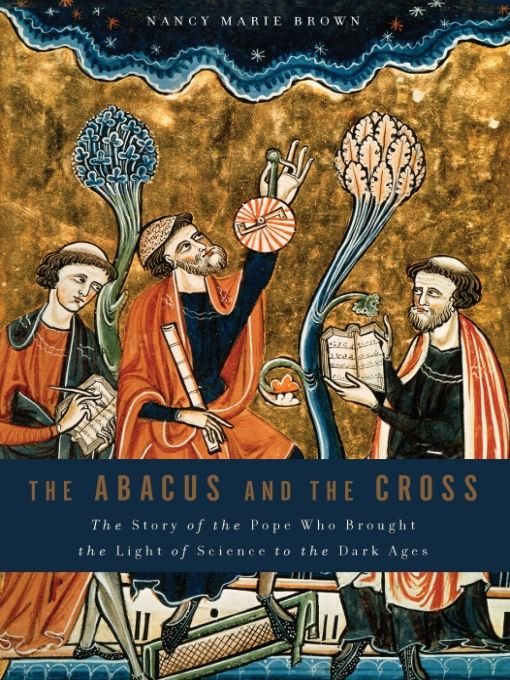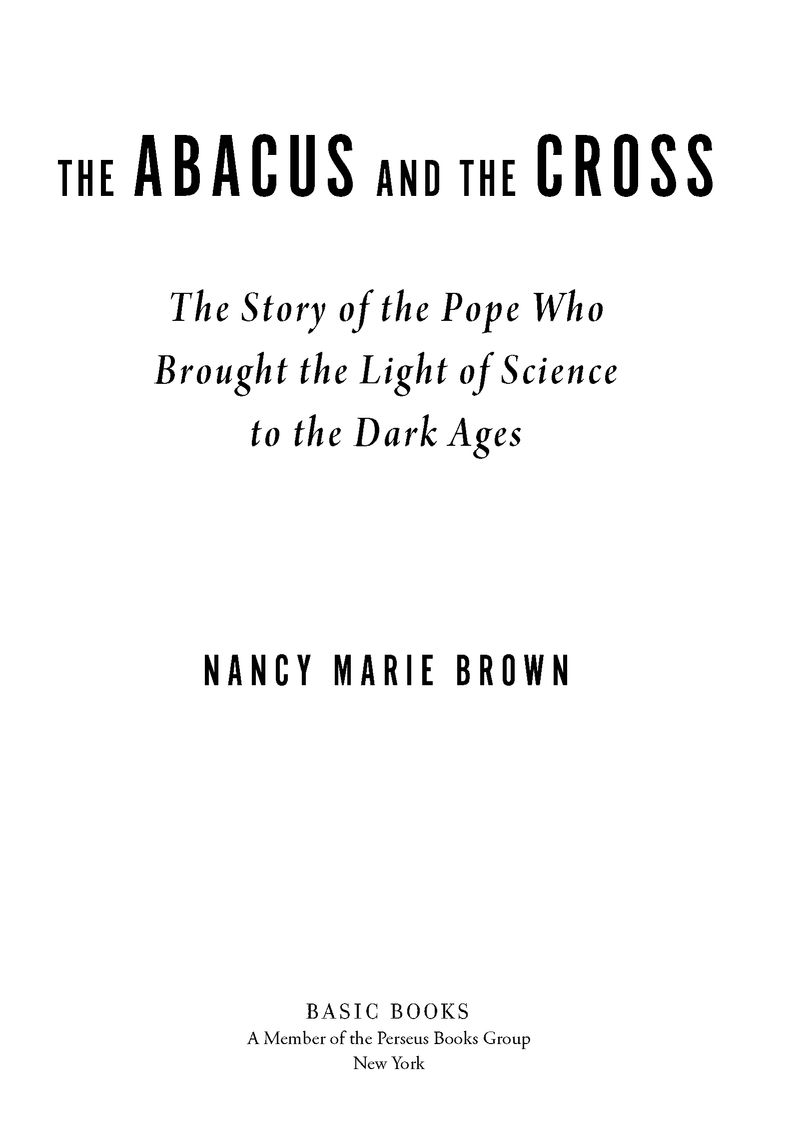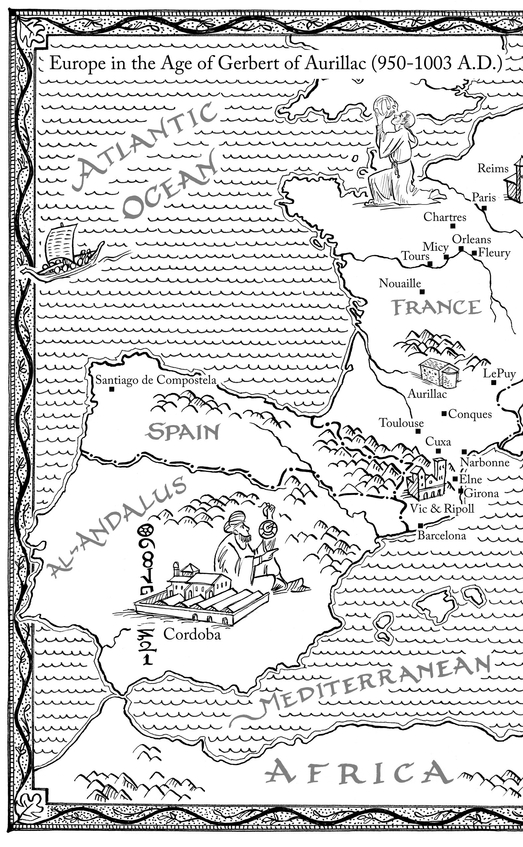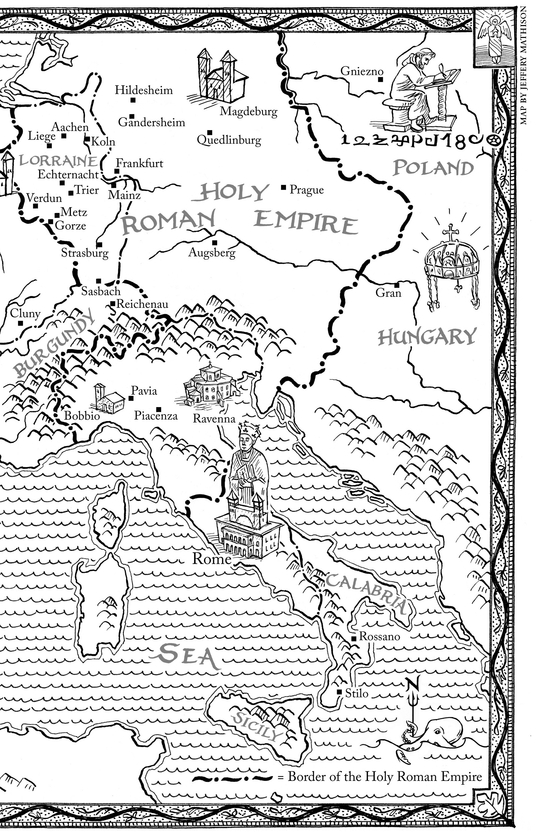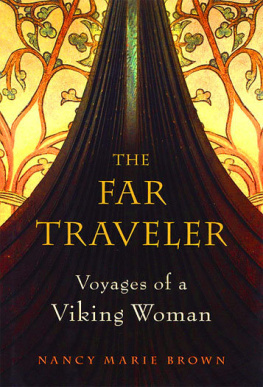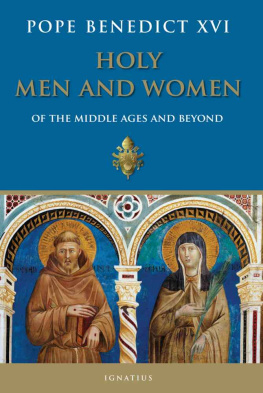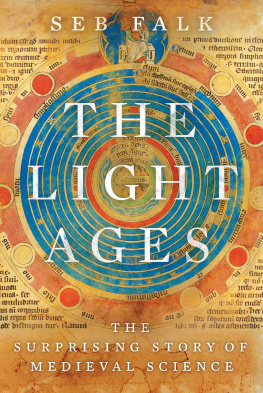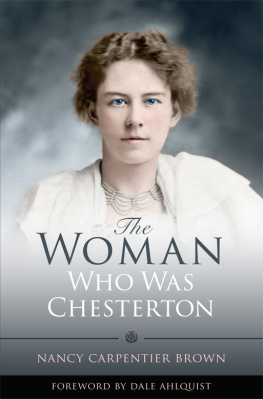Table of Contents
Advance Praise for Nancy Marie Browns The Abacus and the Cross
Nancy Marie Browns book provides a fascinating, well researched, in depth study of the life and times of one of the key figures who brought modern arithmetic into Western Europe.
KEITH DEVLIN, Stanford University professor and
author ofFibonaccis Bridge of Numbers: The Medieval
Visionary and the Book that Launched the Modern World
A pleasure to read, The Abacus and the Cross draws readers into a world of intrigue, superstition, and scholarship. Nancy Marie Brown writes lucidly about math and science, finding important stories in the lives of medieval people who deserve to be widely remembered.
JEFF SYPECK, author ofBecoming Charlemagne
Nancy Marie Brown again uses her extraordinary ability to bring medieval time to life in The Abacus and the Cross, in the person of the Scientist Pope Gerbert of Aurillac (later Pope Sylvester II). Working from sparse records, Brown manages to tell us of the remarkable scholar, brilliant mathematician, and inveterate punster who loved both his holy orders and luxurious living. She shows us a time in which the route to God lay through the study of science and math and when intellectual developments flowed across the boundaries of religion and empire in Eurasia. This is a remarkable book that reflects on our modern times on every page.
PAT SHIPMAN, Professor of Anthropology at
the Pennsylvania State University and author of
Femme Fatale: Love, Lies, and the Unknown Life of Mata Hari
For William
I am diligently forming a library.... The reason for so much labor is to acquire a serene disregard of bad fortune. Not nature alone, as appears to many, commands us to this disregard, but a carefully elaborated system of philosophy.
GERBERT OF AURILLAC, 985
INTRODUCTION
The Dark Ages
In the Year of Our Lord 999, the archbishop of Ravenna sat down to answer a letter. He set a sheet of parchment on his tilted writing table, a scrap, off-square, too small to use in a formal manuscript. He crumbled a cake of oak-gall ink, moistening it until it liquefied. He sharpened his goose-quill pen, and sat, and pondered.
In nine months the world would end. There had been famines, floods, comets, eclipses, earthquakes, volcanic eruptions, wolves in churches, rains of bloodso many signs and wonders that they could not be counted. Gog and Magog, in the form of Vikings, Magyars, Saracens, and Huns, besieged Christendom on all sides. Tears flowed from a holy cross. The Virgin Mary appeared in a stone. The cathedrals at Orleans and Mont Saint-Michel were destroyed by fire.
The archbishop of Ravenna knew his Bible: And he laid hold on the dragon, the old serpent, which is the devil and Satan, and bound him for a thousand years. And he cast him into the bottomless pit and shut him up and set a seal upon him, that he should no more seduce the nations till the thousand years be ended.
But Saint Augustine warned that to guess the mind of God, to think we could predict when those thousand years would end, was blasphemy. Antichrist would come, the dead would rise, Christ would save the good and damn the evil, the earth would be destroyed by fire: All those events, we must believe, will come about, Saint Augustine wrote, but in what way, and in what order they will come, actual experience will then teach us with a finality surpassing anything our human understanding is now capable of attaining.
The archbishop of Ravennas good friend, Abbot Adso of Montier-en-Der, had taken up the question in about 954. Adso sought to soothe the queen of France, who feared the End of the World. Citing the apostle Paul, who had written, for that day shall not come, except there first come a falling away, Adso argued that this time has not yet come, because, though we see the Roman Empire destroyed in great part, nevertheless as long as the kings of the Franks who hold the empire by right shall last, the earth would endure.
But the line of Charlemagne failed in 987. The archbishop himself had recorded a falling away of churches: Those of Antioch, Alexandria, Constantinople, and the heart of Spain, not to mention Africa and Asia, no longer recognized Romes oversight.
The archbishops worst enemy, Abbot Abbo of Fleury, had warned the king of France that rumor of the End Times filled almost the entire world. In his youth, Abbo wrote, he had heard a priest in Paris claim that the Antichrist would be loosed in the year 1000, heralding the Last Judgment. I resisted as vigorously as I could to that preaching, citing Revelation and Daniel, Abbo said, but despite his efforts, the rumors would not be suppressed. Conflict grows in the Church, he warned. A council should be called to decide how to calm the fearful.
Greed is on the rise and the end of the world is imminent, wrote a scribe.
Fire from heaven throughout the kingdom, demons appearing, noted an annalist.
Satan will soon be unleashed because the thousand years have been completed, predicted a chronicler.
Clear signs announce the end of the world, others concluded: The ruins multiply.
It was the darkest year of the Dark Ages. Yet the End of the World was not oppressing this archbishops mind. He was driven to his writing desk by a very different obsession. To his friend Adalbold, he wrote:
You have requested that if I have any geometrical figures of which you have not heard, I should send them to you, and I would, indeed, but I am so oppressed by the scarcity of time and by the immediateness of secular affairs that I am scarcely able to write anything to you. However, lest I continue mentally disobedient, let me write to you what error respecting the mother of all figures has possessed me until now.
In these geometrical figures which you have already received from us, there was a certain equilateral triangle, whose side was 30 feet, height 26, and according to the product of the side and the height the area is 390. If, according to the arithmetical rule, you measure this same triangle without consideration of the height, namely, so that one side is multiplied by the other and the number of one side is added to this multiplication, and from this sum one-half is taken, the area will be 465.... Thus, in a triangle of one size only, there are different areas, a thing which is impossible.
On the eve of the Apocalypse, the archbishop of Ravenna and his friend are discussing the best method for finding the area of a triangle.
It is the last letter we have from this archbishop, Gerbert of Aurillac, before he became pope in April 999 under the name Sylvester II. Before Gerberts death in 1003, Adalbold would pester the busy man again, this time concerning the volume of a sphere.
For Sylvester II was The Scientist Pope. To tell the story of his life is to rewrite the history of the Middle Ages. In his day, the earth was not flat. People were not terrified that the world would end at the stroke of midnight on December 31, 999. Christians did not believe Muslims and Jews were the devils spawn. The Church was not anti-sciencejust the reverse. Mathematics ranked among the highest forms of worship, for God had created the world, as scripture said, according to number, measure, and weight. To study science was to approach the mind of God.

